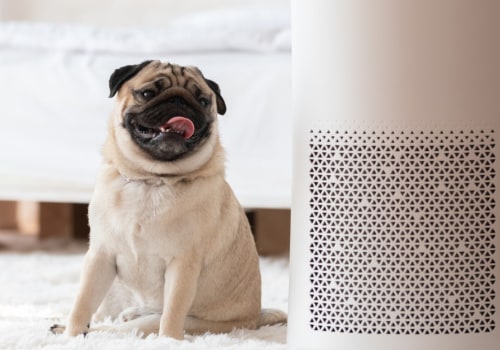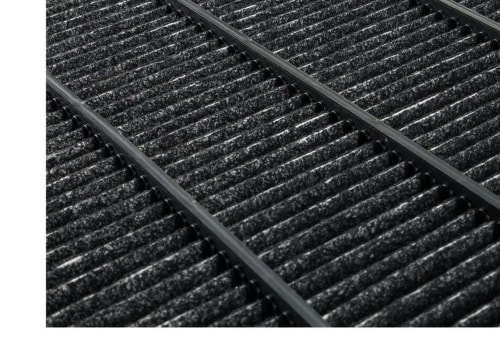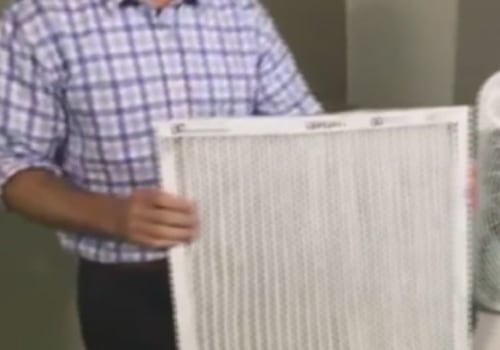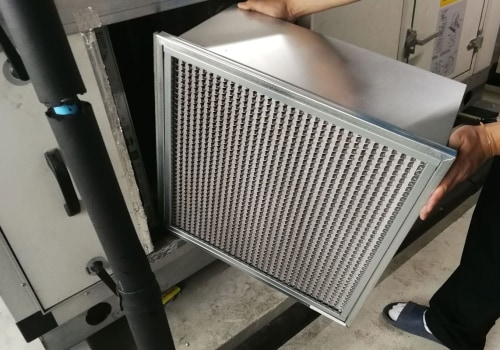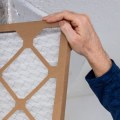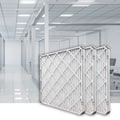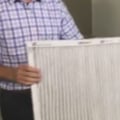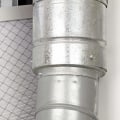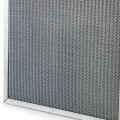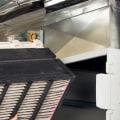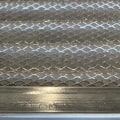Filters within a MERV rating of 17 to 20 are almost never needed in a residential home. A MERV rating of 13 to 16 is considered hospital-level air quality, so it's unlikely that your home will need more than that. The short answer is yes, but it's not really a problem, except in extreme circumstances. Most modern HVAC systems have no problem working with taller MERV filters, which is why millions of homeowners depend on them.
The main risk of high-efficiency air filters comes from the fact that they are not modified for long periods of time. If you keep abreast of changing filters, it's unlikely that you will experience any filter-related problems with your HVAC system. In general, filters with higher MERV ratings are more effective and improve air quality, but they are also more expensive. Plus, taller doesn't always mean better for homeowners.
MERV ratings greater than 16 are commonly used in specialized commercial environments where air filtration is essential, such as hospitals. The MERV rating system ranges from 1 to 20, with the highest rating (20) being the rating used for filters in places such as hospitals. You are now equipped to monitor your air filter and change it regularly to the right MERV value for your home and family. An air filter with a higher MERV rating can block microscopic particles, such as smoke molecules, due to its tighter mesh fabric.
Keep in mind that as the MERV rating increases, the filter becomes more restrictive and more pressure and energy will be needed to propel the air. Low-efficiency filters are generally within MERV 1-4 and high-efficiency filters are MERV 13 and later. Filters in the MERV 5-8 range can also trap particles with a size of 3.0-10.0 microns, but are more efficient in doing so. Filter technology has grown by leaps and bounds over the years, and MERV ratings are designed to help us determine the most effective and efficient air filter options for heating and cooling systems and more.
If your family has health problems or allergies, then you may want to look for a high-efficiency filter that is MERV 11 or higher. These filters are slightly more restrictive than MERV 1-4 filters and have the ability to trap mold and pet dander spores along with dust and pollen. So, if you're using a filter with holes that are smaller than recommended (such as a MERV 1), you're basically plugging your HVAC system. The MERV scale is not linear; the difference between a MERV 6 and a MERV 8 is almost double in the percentage of particles captured.
MERV 13 will prevent less than 75% of 0.3-1.0 micron particles from passing through, MERV 14 will get up to 84%, MERV 15 up to 94%, and MERV 16 can trap 95% or more of the smallest particles. If your home's HVAC system is not capable of handling MERV 13, opt for a filter with the next highest possible rating. Filters with higher MERV ratings should be changed more frequently (at least every three months) to avoid restricted airflow that can cause the system to operate inefficiently or even damage it. A basic MERV 4 filter is probably the cheapest, but it won't trap certain small particles (such as dust mites and pet dander) that might be in your home.
top merv filter